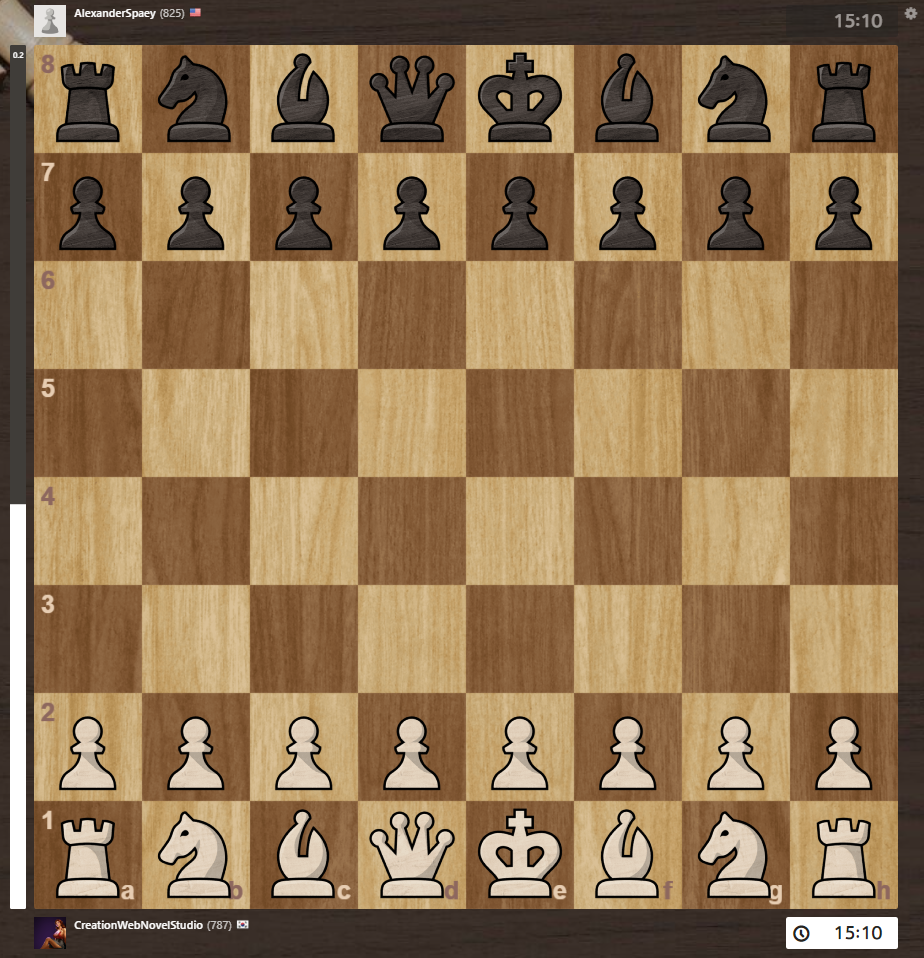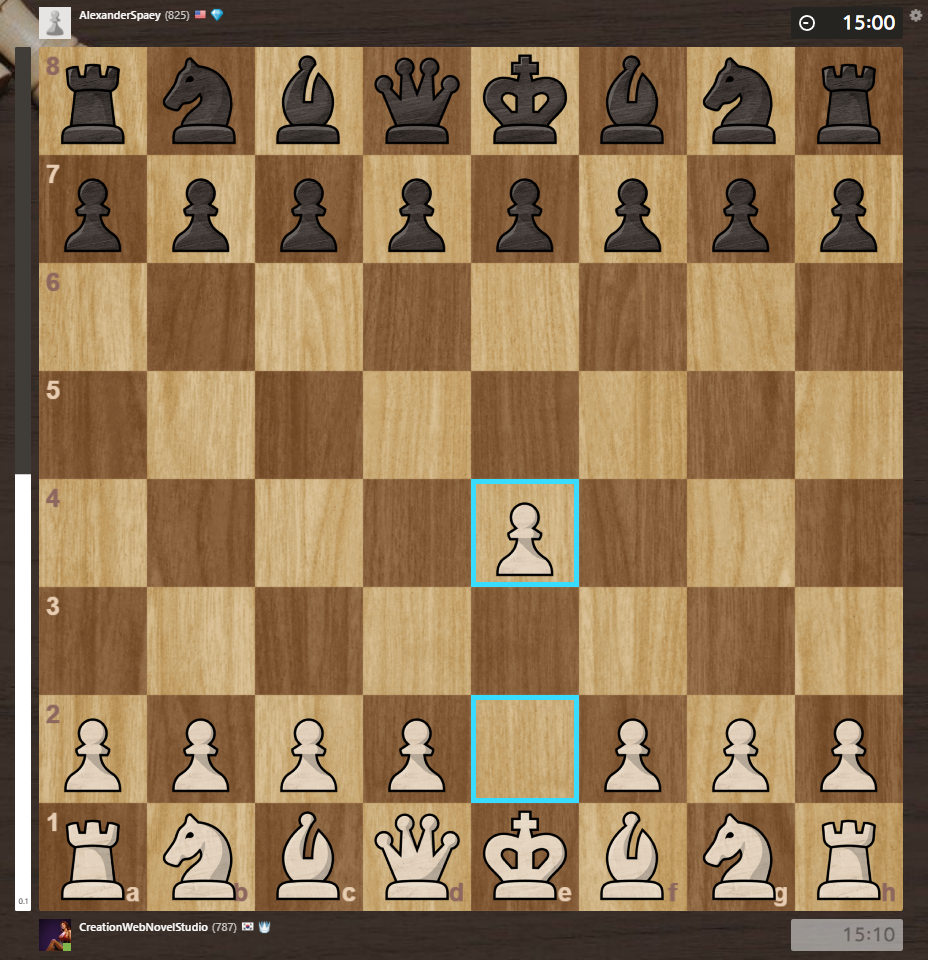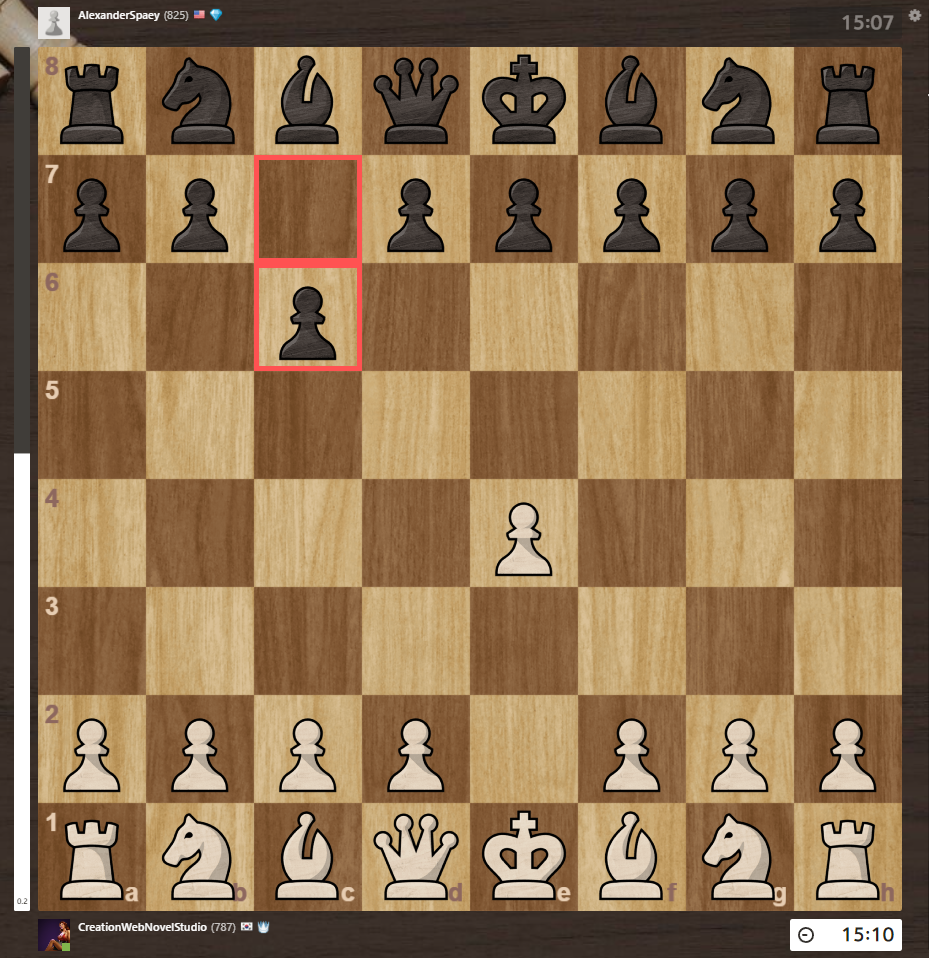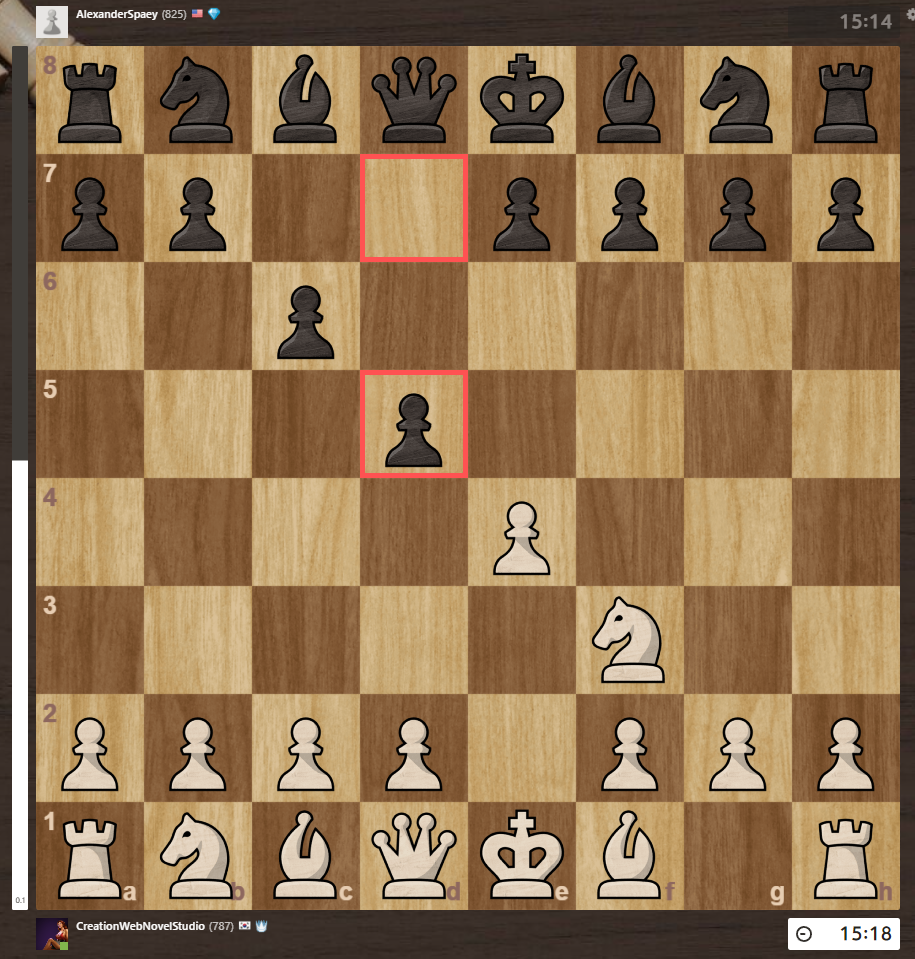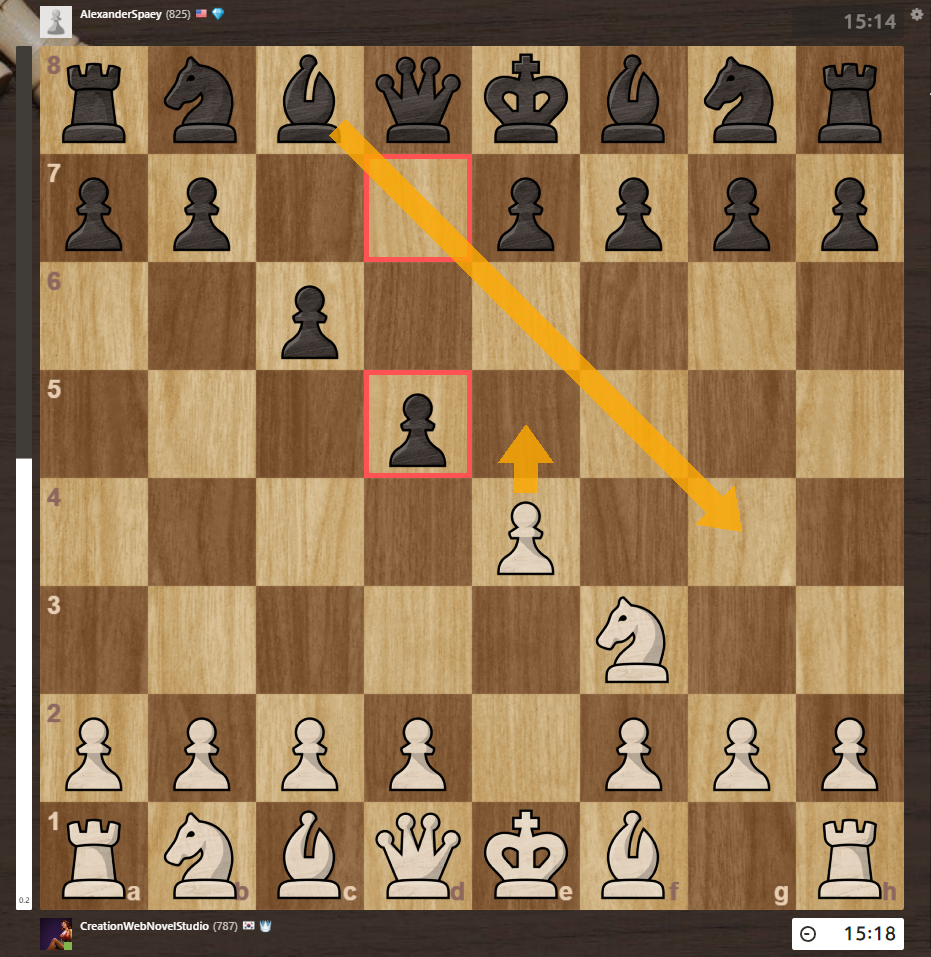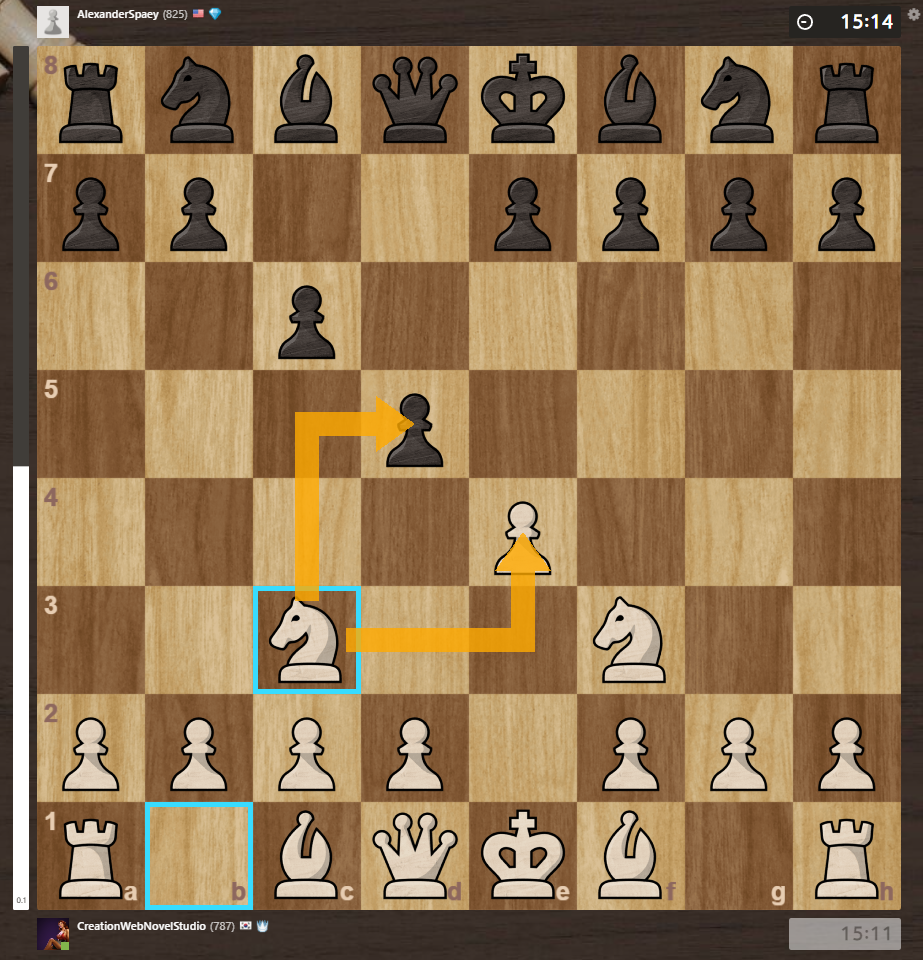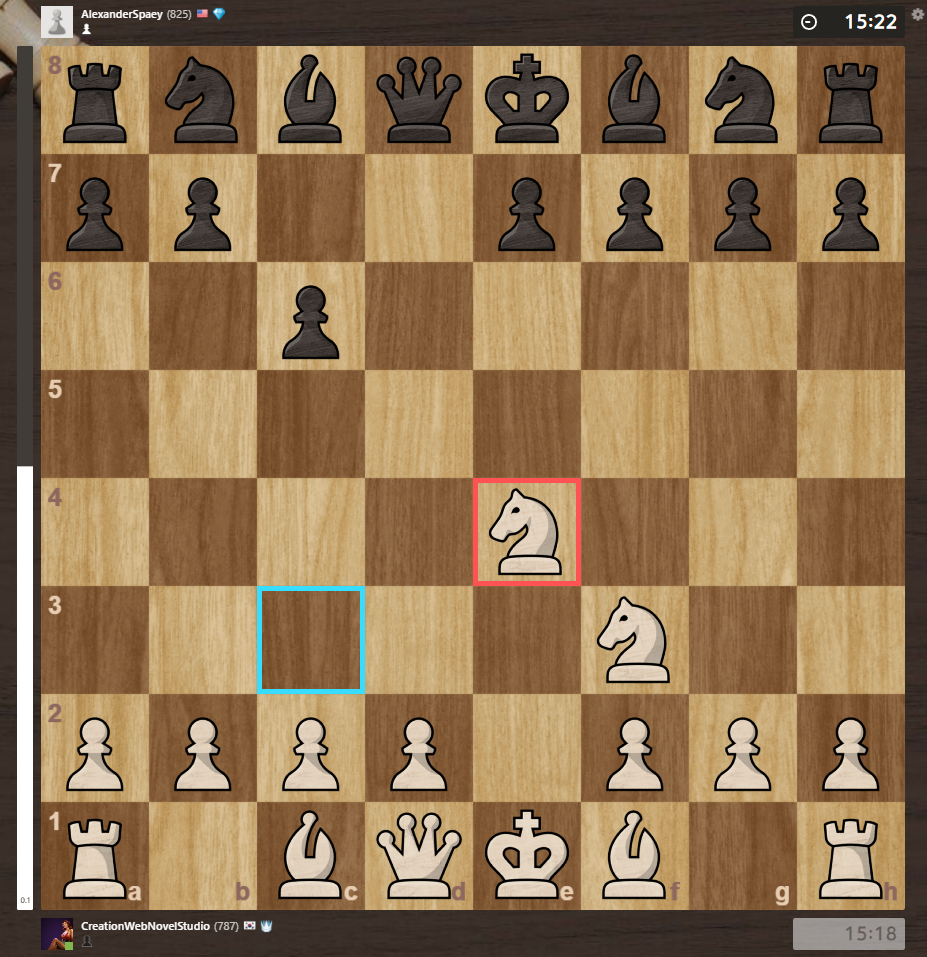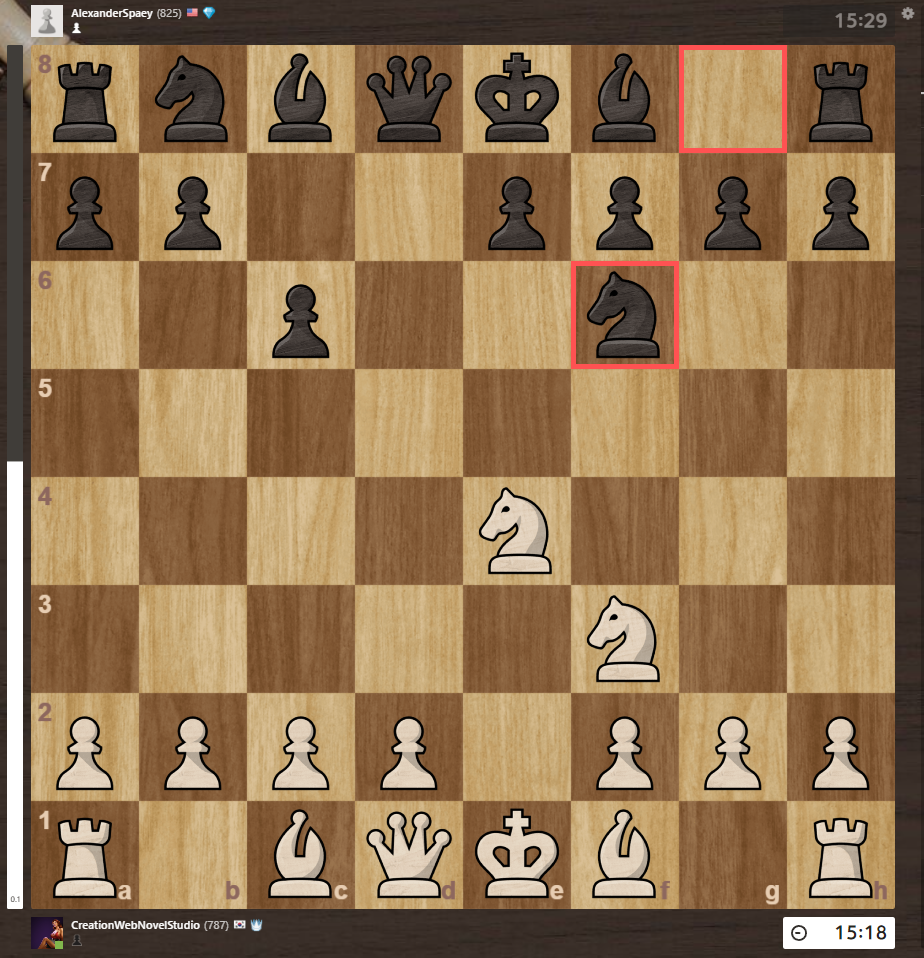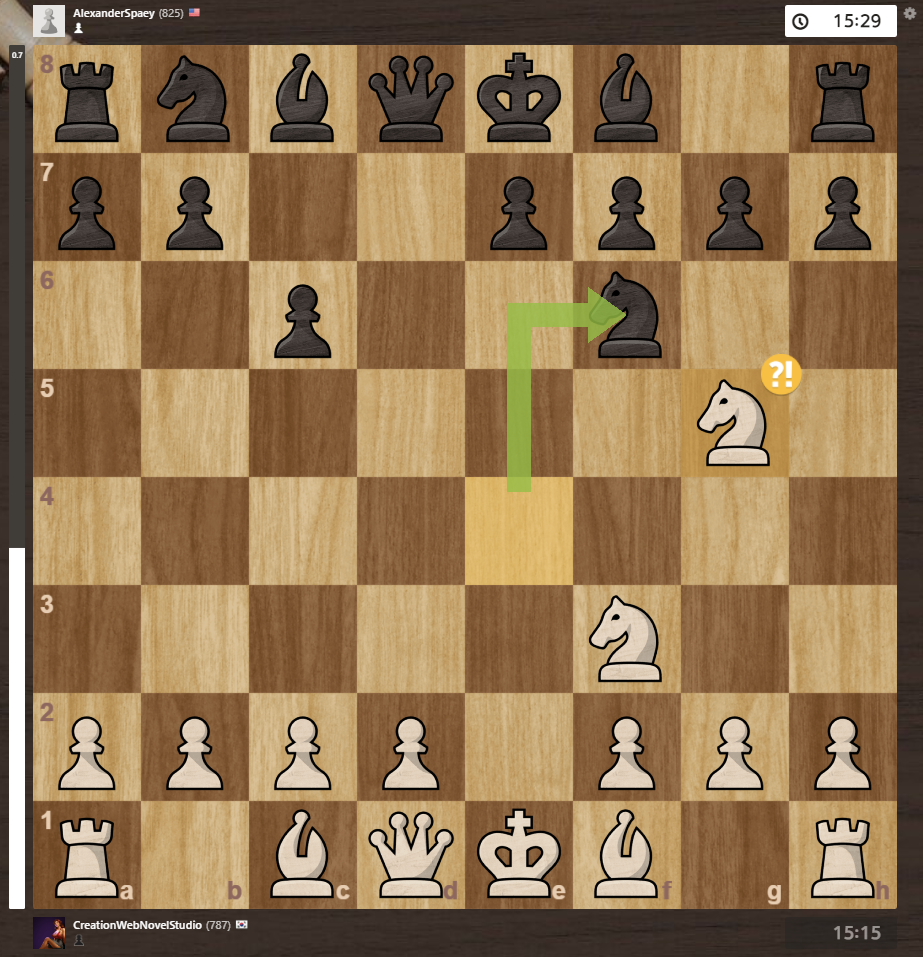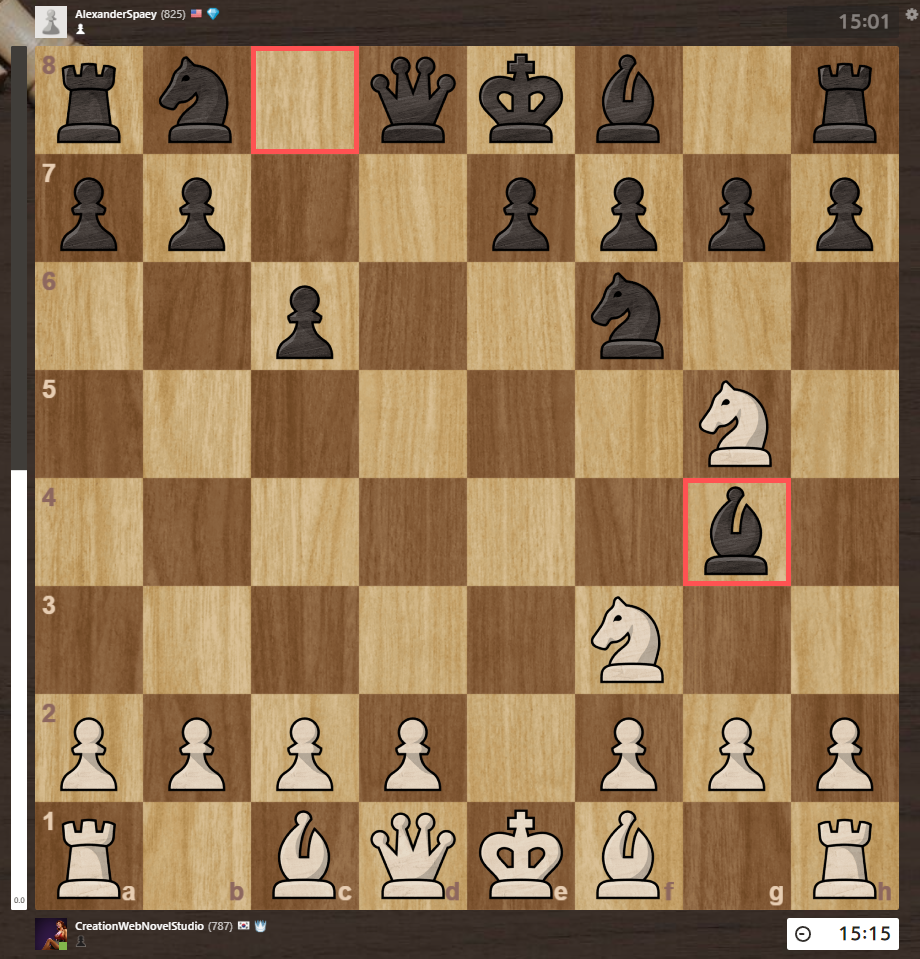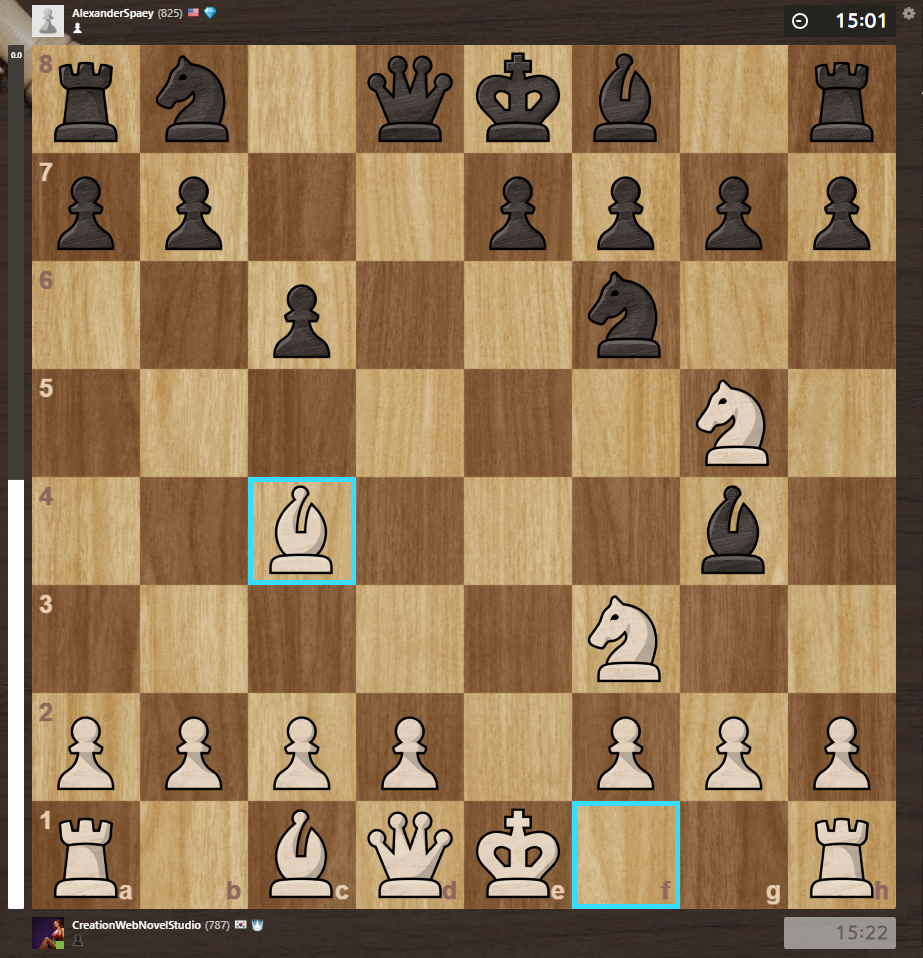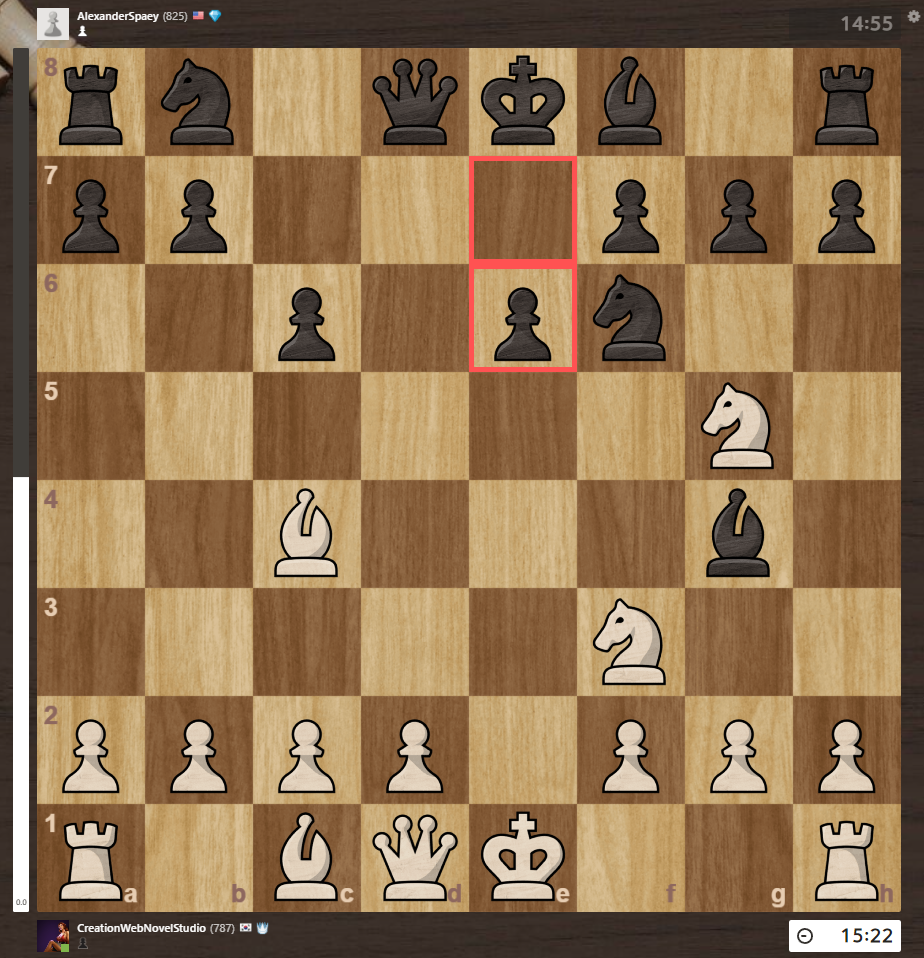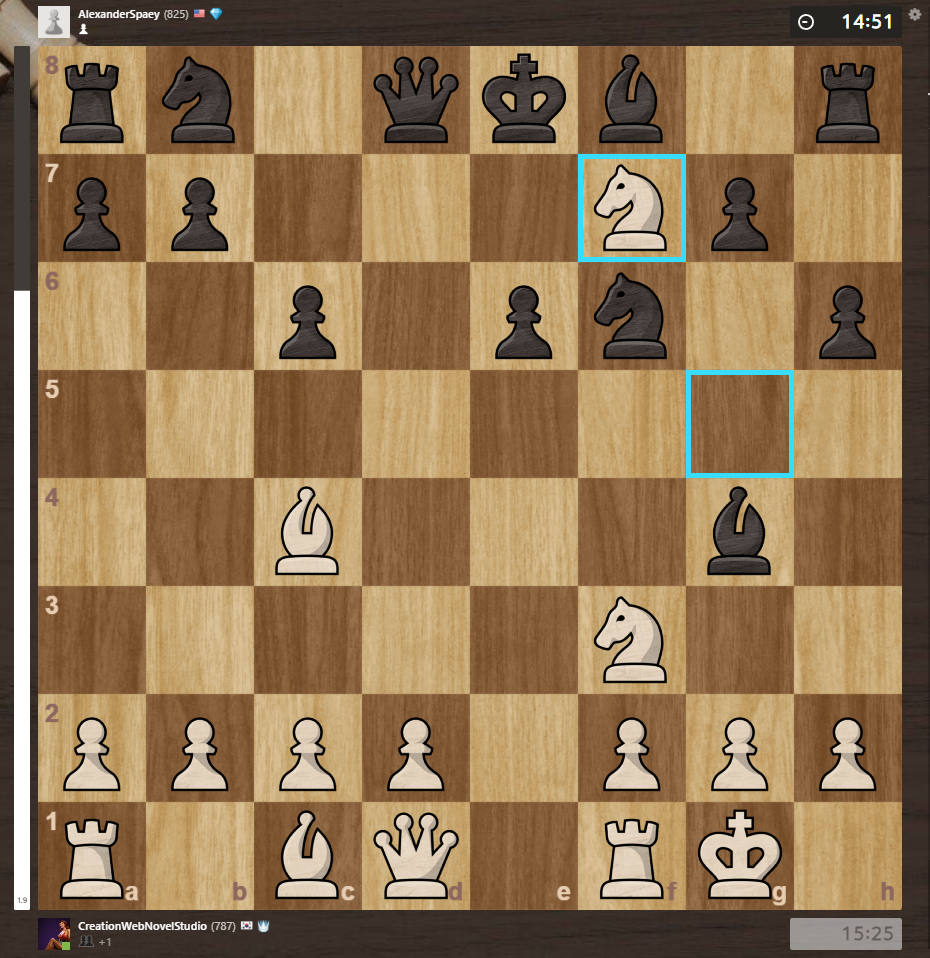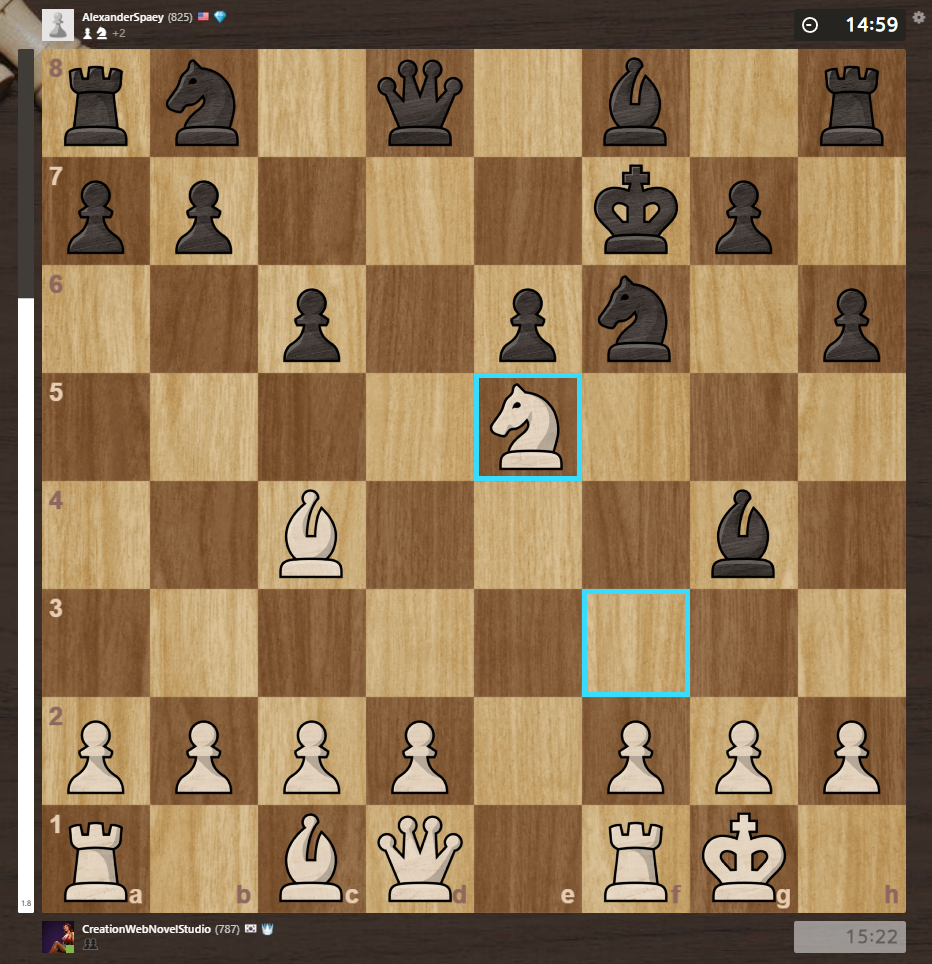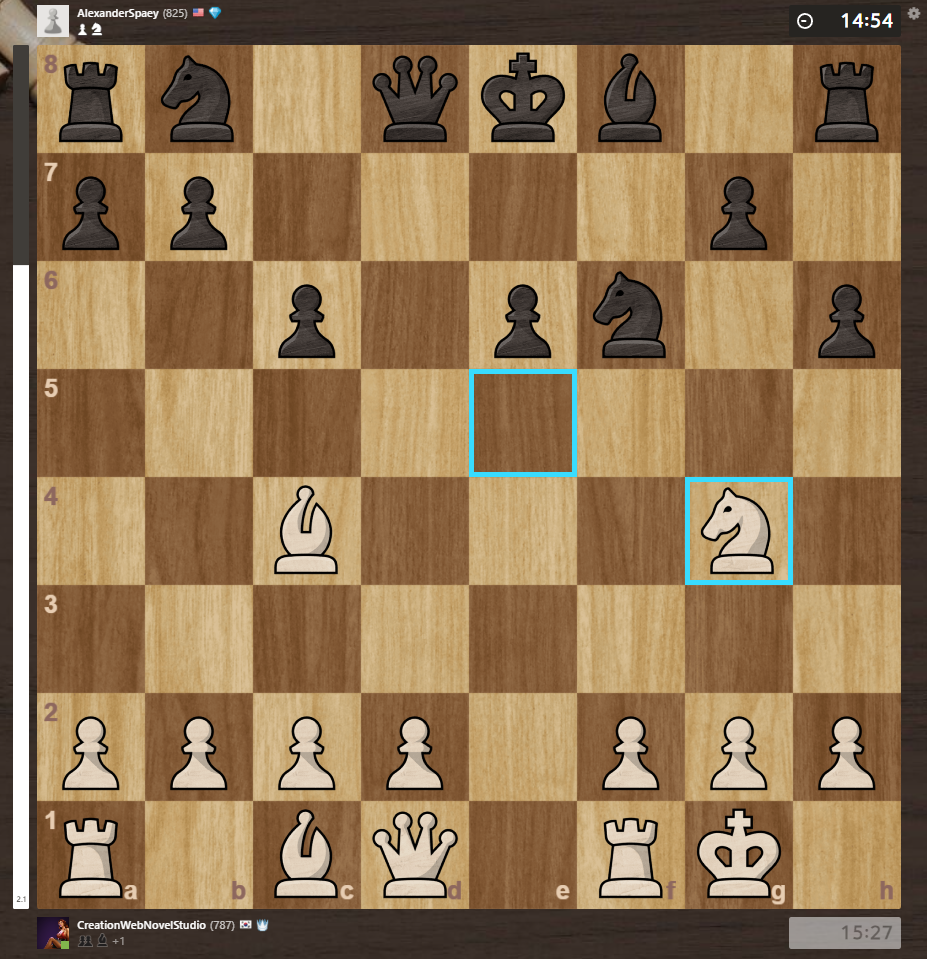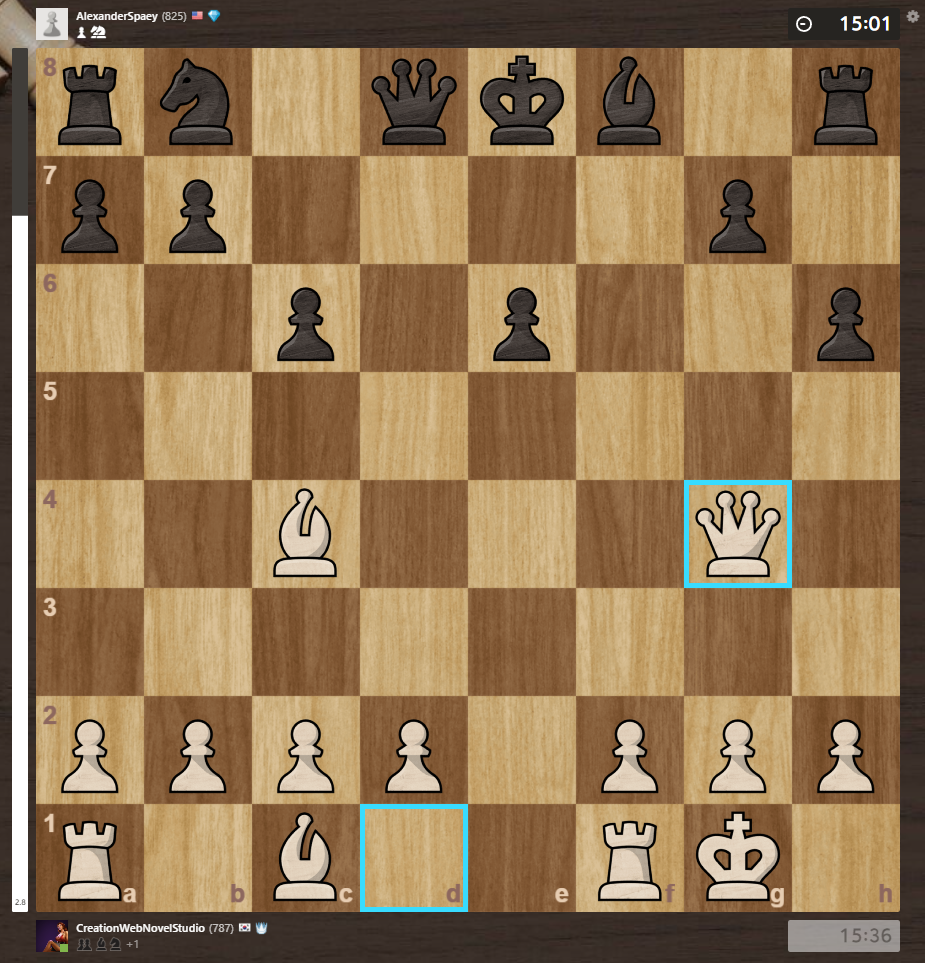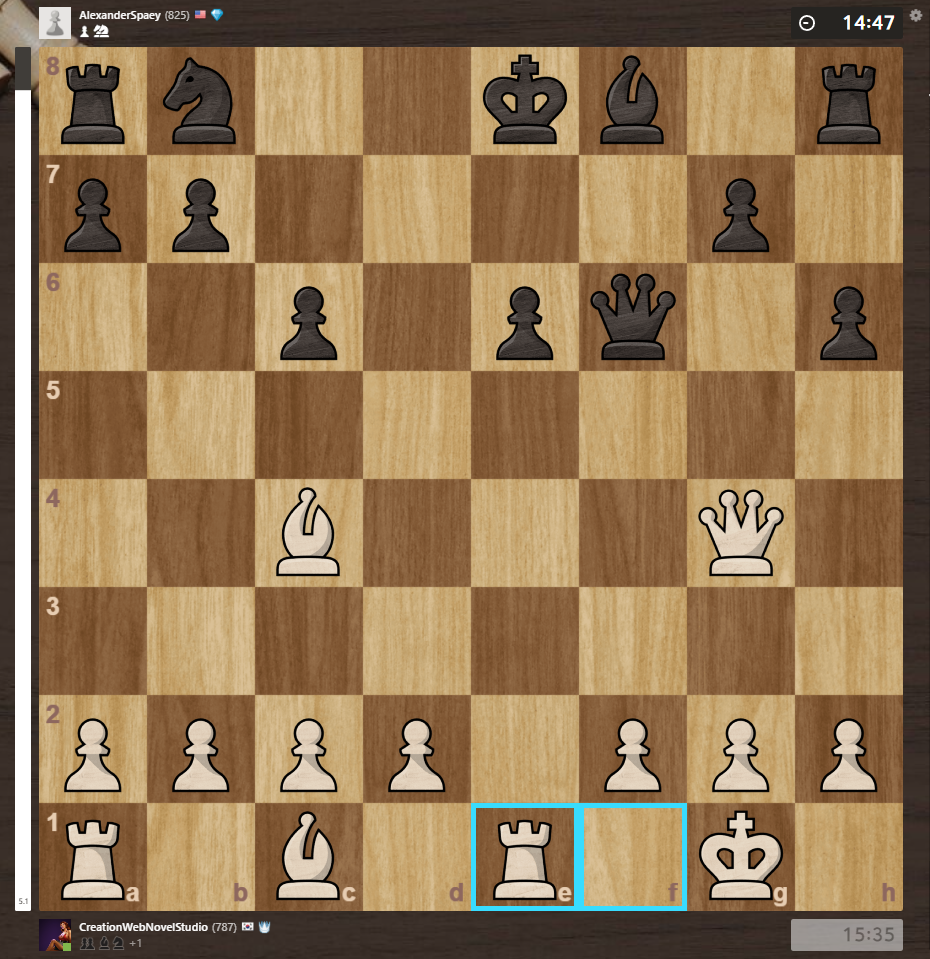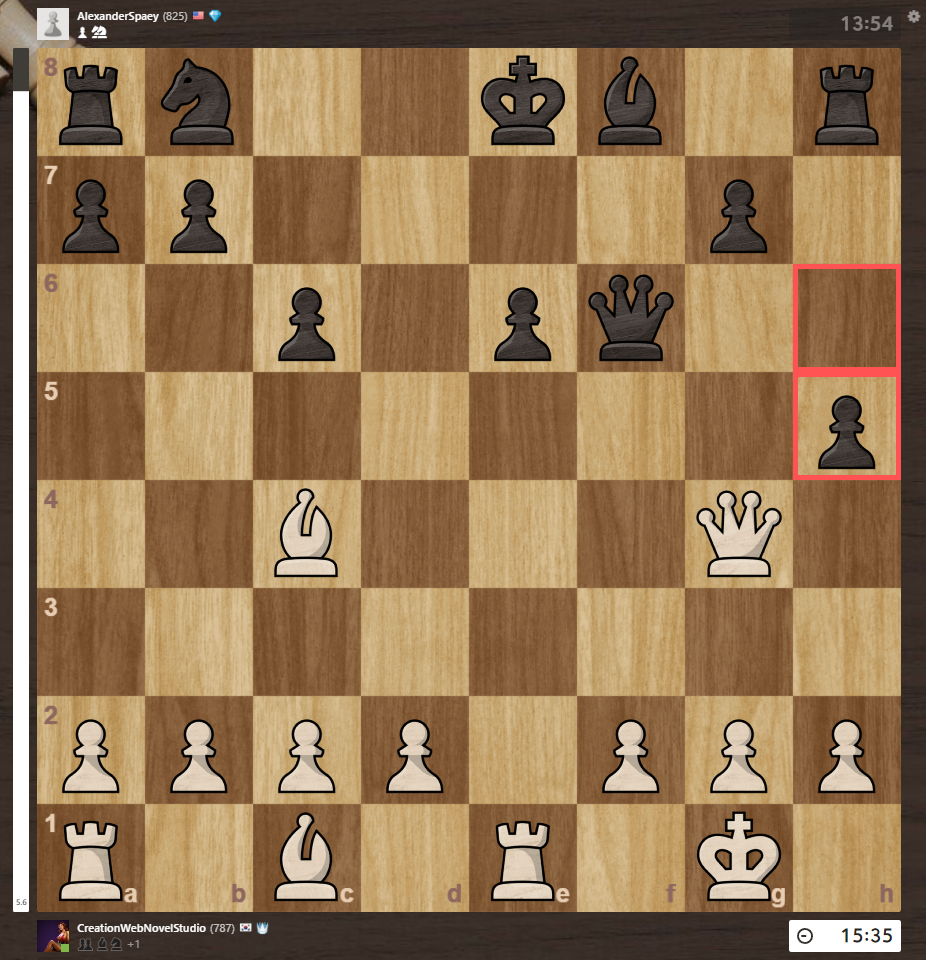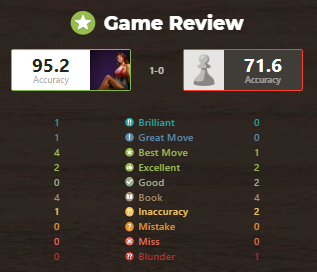First 1600 Rated Game!
Something pretty awesome happened as I continued on my chess journey.
On Chess.com, something they provide is a rating at the end of each game. This rating is separate from the one that will rise or fall as you continue to play against other chess players on the platform. The rating can only be viewed after you review the game that was played.
What’s awesome about this rating given to an individual game in isolation is how it’ll give the player a good indication of how they performed. I also view the rating as a clue as to what level I can perform as someone trying to aim for higher ratings to earn a title eventually. And just like any other time, I decided to check out the rating for the game after winning a match.
Before, the highest rating I had earned was 1500. A 1500 rating was what I was used to seeing and hoping to see. But I was surprised to discover that I had a game that was rated at 1600!
In addition to seeing the 1600 rating was how I had a 100% accurate middlegame!
I’ve had past games where I had a 100% accurate opening, but I think this might be one of the first times where I had such a high accurate middlegame. On top of that was the fact that my opponent was materially higher rated than I am.
This game was a pretty interesting one and one of the reasons why I wanted to share it.
So, the game starts out how it always does when I play White.
The reason I play e4 is how I’m aiming to play the Italian Game.
Most often I do get to play the Italian Game since Black will often play e5 in order to fight for the center.
But this time, my opponent had something else in mind.
For those who know openings, you’ll know that Black playing c6 is to indicate they’re playing the Caro-Kann Defense. Not only have I played against players that go with the Caro-Kann Defense, but it’s also an opening I prefer to go with when I play as Black as well. Something about the Caro-Kann Defense is that you know what Black’s second move will be.
d5 is the move Black will play if they’re playing the Caro-Kann Defense.
But since I’ve also played the Caro, I know the typical moves I can make.
The move d6 not only contests the center squares, it also allows the Bishop to pin the Queen. Pushing the the pawn is a move that’s often played on the 4rd move for white.
I played Nc3.
It attacks d5 but also defends e4.
After Black plays dxe4, I play Nxe4.
My opponent played Nf6 to threaten my Knight on e4.
Now, something I did consider is to play Nf6, but I went with something else.
I played Ng5, though the engine thinks it was an error. This was also the only error I made in this game, which was a great feeling.
I wasn’t surprised that my opponent pinned my Knight to be Queen with their Bishop. It’s a pretty common tactic to play, though the engine didn’t like it.
This is the reason why I wanted my Knight to be on g5. I’m aiming to fork the Queen and Rook, which should lead me capturing their Rook with my Knight.
Since I’m going against an 800-rated player, I wasn’t surprised that they knew what I was planning to do.
I find castling can be a relatively smart and safe move if you need to buy time. Fortunately for me and the outcome of this game, the Caro-Kann Defense doesn’t allow Black to castle as quickly compared to White. This means that Black’s King will be in a fairly exposed position for a while.
This is called foreshadowing.
Something I’ve learned is if you’re unable to move away from a threat, like how the Pawn was aiming for my Knight, is to just capture the nearest opponent’s piece. It’s better to capture something than to let your opponent capture your piece for free.
Another thing I’ve learned is how I don’t have to worry about my piece getting captured if I attack my opponent’s King. It’s why I’ll often look for possible checks, especially if I have a different piece under attack. Even better is how nothing is able to capture my Knight. So, it’s like I get a second move for free since my opponent has to waste tempo to move their King out of danger.
I got to capture my opponent’s Bishop.
Then I captured their Knight after they captured my Knight.
They played Qf6 to protect their Pawn and block a check.
I then moved my Rook to apply even more pressure on the Pawn.
Remember how I said that if the King is under attack, it’s not a big issue if a different piece is in danger?
I capture the Pawn while also putting the King into check. Even better is how the Rook is defended by both the Queen and Bishop. Even though my Queen is under attack, I don’t have to worry about it since the King now has to respond to my move.
Whenever my opponent resigns, I try to play out the game against the 3200-rated bot on Chess.com. While I did have an advantage, it still wasn’t enough against the bot. There have been times when I can still win against the bot set at the max setting, but I didn’t have enough of an advantage, I guess?
That’s what I like about the modern day, having such a variety of bots I can practice against to simulate how a game could’ve ended. I’m sure that as technology advances, the bots on chess.com will continue to improve and behave more like how an actual person could move.
With how this game played out and achieving a high rating for the game, I feel even more confident that I’ll continue to rise up with my rating and reach my immediate goal of getting above 1000. I have already won against players with ratings higher than 1200, so it doesn’t seem unreasonable that I’ll eventually be considered an intermediate player in chess. And then I’ll chase after the goal of becoming a 2000-rated player.

